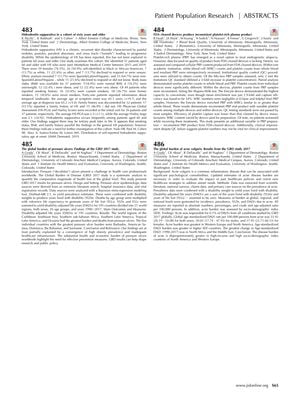FDA-Cleared Devices Produce Inconsistent Platelet-Rich Plasma Product
June 2020
in “
Journal of Investigative Dermatology
”

TLDR FDA-cleared devices often fail to produce high-quality platelet-rich plasma consistently.
The document reports on a study that assessed the quality of platelet-rich plasma (PRP) products produced by FDA-cleared devices for the treatment of androgenetic alopecia. The study was conducted at an academic institution where white blood cell (WBC) counts and platelet counts from whole blood and resultant PRP were retrospectively reviewed using institutional quality control procedures. Out of fifty-two PRP samples analyzed, only two met the institution's quality control standard, which defined a successful PRP product as having a 3-fold increase in platelet concentration. The study found that platelet counts in PRP were similar to those in whole blood and varied significantly between different devices and even within the same device, failing the Shapiro-Wilk test for consistency. The Emcyte device showed the highest capacity for platelet concentration, with a mean enrichment of 2.9-fold and a capture efficiency of 34%. WBC numbers were negligible in PRP samples from Eclipse and Selphyl devices, but the Emcyte device enriched PRP with WBCs at levels similar to or greater than whole blood. Despite the inconsistency and failure to meet quality control standards, no patients worsened after receiving treatments. The study suggests that the number of platelets may not be crucial for clinical improvement in PRP therapy, highlighting an additional variable in PRP preparation - the inconsistent product from FDA-cleared devices.



